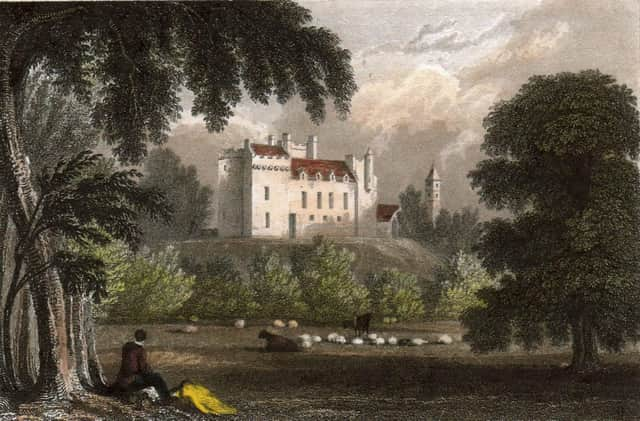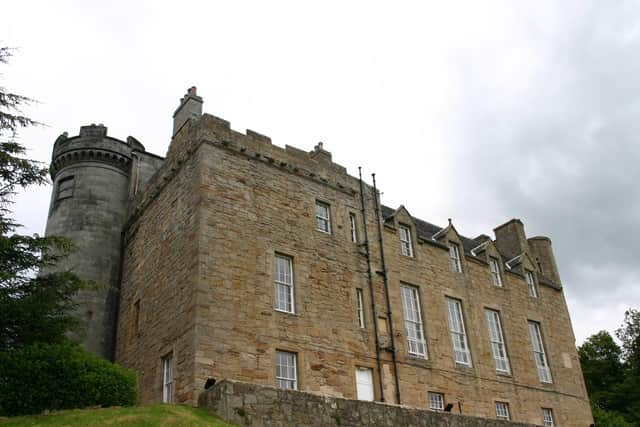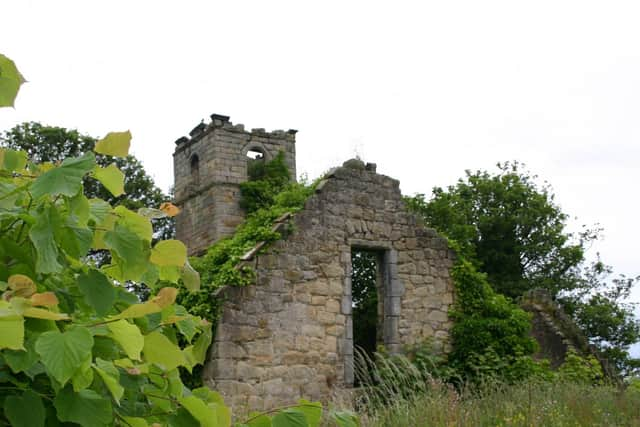Looking back with Ian Scott: The history of Airth Castle


A huge shock for the staff and customers of course but bad news also for those who cherish our historic buildings and know that keeping them functioning is the best way to preserve their fabric and keep them accessible.
The building has a fascinating history dating well before the late 15th century when the present stone building was erected on the south end of the hill of Airth. The previous building (or perhaps an even earlier one) may have been attacked by William Wallace in 1298 though the unreliable Blind Harry is the main source for this particular legend. The great hero was, we are told, hell bent on releasing his uncle, the priest of Dunipace, who was being held by the English garrison.
Advertisement
Hide AdAdvertisement
Hide AdDuring the reign of James IV (1488-1513) the pow of Airth which had long been an important harbour was chosen as the site of the royal dockyards in which the great wooden ships of the Scottish navy were refitted using large quantities of oak carted down from the Royal forest of Torwood. These included the Margaret and the James and possibly also the most famous, the Great Michael.


The Castle was the home for many centuries of the Bruces of Airth, and the famous churchman Robert Bruce of Kinnaird was born here around 1554. He played a major part in consolidating the Reformation in Scotland before falling out with King James VI. He is buried in Larbert Churchyard.
The earliest part of the present castle is the square south-west tower dating to the immediate period following the defeat of King James III at Sauchieburn in 1488 when the original castle seems to have been destroyed. In the mid 16th century an extension was built on the east side of the tower and in 1581 a north-east wing was added creating an L shaped building.
In the early 19th century the architect David Hamilton was commissioned by the then owners, the Grahams, to fill in the arms of the L which he did with a triangular block, now the familiar face of the hotel. This is a gothic 'castle' with round towers at each end, battlements and a central range with turrets and a grand doorway. Hamilton also designed Larbert Old Parish Church and Falkirk Steeple.
Advertisement
Hide AdAdvertisement
Hide AdAnother building which may be affected by the latest news is the ruined parish church of Airth next door to the castle which has elements dating to the 12th century though the bulk of the surviving and rapidly decaying structure is much later. There are three aisles, Airth (c1480), Elphinstone (1593) and Bruce (1614) and a square tower which was built in the mid 17th century as part of a reconstruction of the nave etc. At one time the tower had a slated pyramid shaped roof. There are several interesting grave inscriptions inside the church and many grave markers in the extensive graveyard. These include cast iron mortsafes dating from the body snatching days in the early 1830s.


In the grounds of the castle there used to be a sundial which vanished some years ago. Where is it now I wonder? It had a familiar inscription SIC TRANSIT GLORIA MUNDI (Thus passes the glory of this world). Let’s hope it isn’t a warning of what is to come for both castle and kirk.